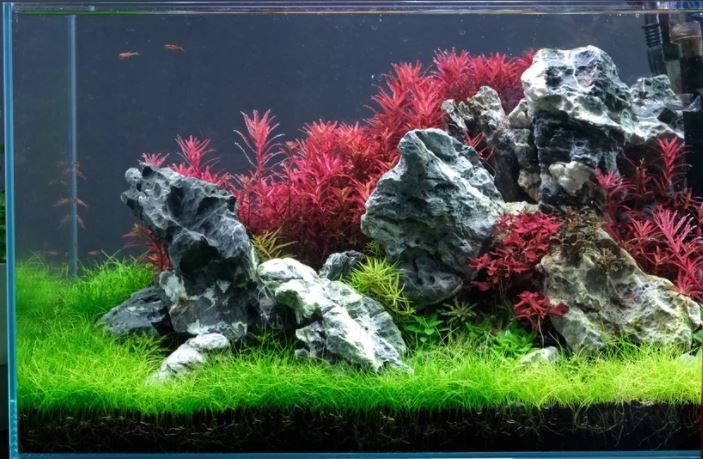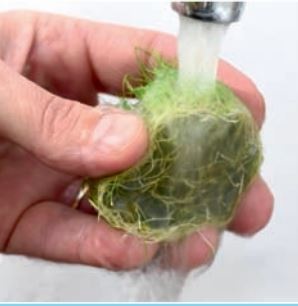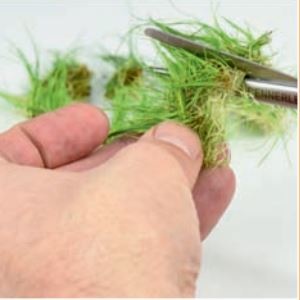Guide to in-vitro plants
Guide to in-vitro plants
Introduction
In-vitro plants are grown in laboratories under sterile conditions. This is a useful way of producing large numbers of plants that can sometimes be difficult to grow. The tissue culture of in-vitro is based on the fact that many plant cells have the ability to regenerate a whole plant when placed in a suitable medium and environment.
In-vitro aquarium plants have been on the market for ages, and their main consumer benefits are that they are free of algae, snails and pesticides and in fact offer great value for money. In-vitro pots are packed full of tiny plants, each capable of growing into a full plant, so you get a lot of plants for a low price. It's almost like buying a packet of seeds.
It is really difficult for beginners who are not familiar with the names of aquatic plants to know what the full-grown plant will look like. A lot of red plants are green when they are grown in-vitro and the leaves of some are shaped differently to when they are full grown.

This pot of Rotala Wallichii will grow to become a beautiful, reddish stem plant.

A few in-vitro pots of dwarf hairgrass/Eleocharis acicularis 'mini' were sufficient to cover this aquascape completely in 8 weeks. The plants spread and grow quickly under the right growing conditions.
These in-vitro plants can begin growing immediately because they are already in submerged underwater form, so you don't have to remove dying leaves from plants grown above water.
Pros:
> Lots of plants per pot, so very economical
> Free from pests, algae, pesticides and disease
> Species profile is typically more standardised
> Easier to transport
> Grows easily
> Contributes to nature conservation by helping prevent wild harvesting
> Perfect for shrimp
> Less difficulty adapting to underwater situation than plants grown in the traditional way above water.
Cons:
> Newer aquarists may find it harder to estimate the right quantity
> You seem not to be getting many plants but nothing could be further from the truth
> Subsequent appearance of the plant may be harder to ascertain
For anyone concerned about pests, snails, algae and pesticides and/or who struggles to find high quality plants, in-vitro can be a good option.

Acclimatising in-vitro plants?
YouTube is full of bad examples of how to treat these aquarium plants, posted by aquarists who make videos about how to set up whole installations within a short time frame. In general, in-vitro (especially for exotic or more finicky species) does best in an established tank, with a substrate and filter that has had time to mature. If they are planted on day 1 of a new set-up, there is a much greater chance of these aquarium plants developing slime.
Practical planting in 3 steps?
- Cleaning: carefully remove the plant from the pot and rinse off the culture medium under the tap.

- Divide the plant into several divisions

- Use planting tweezers to plant the divisions in the aquarium substrate




